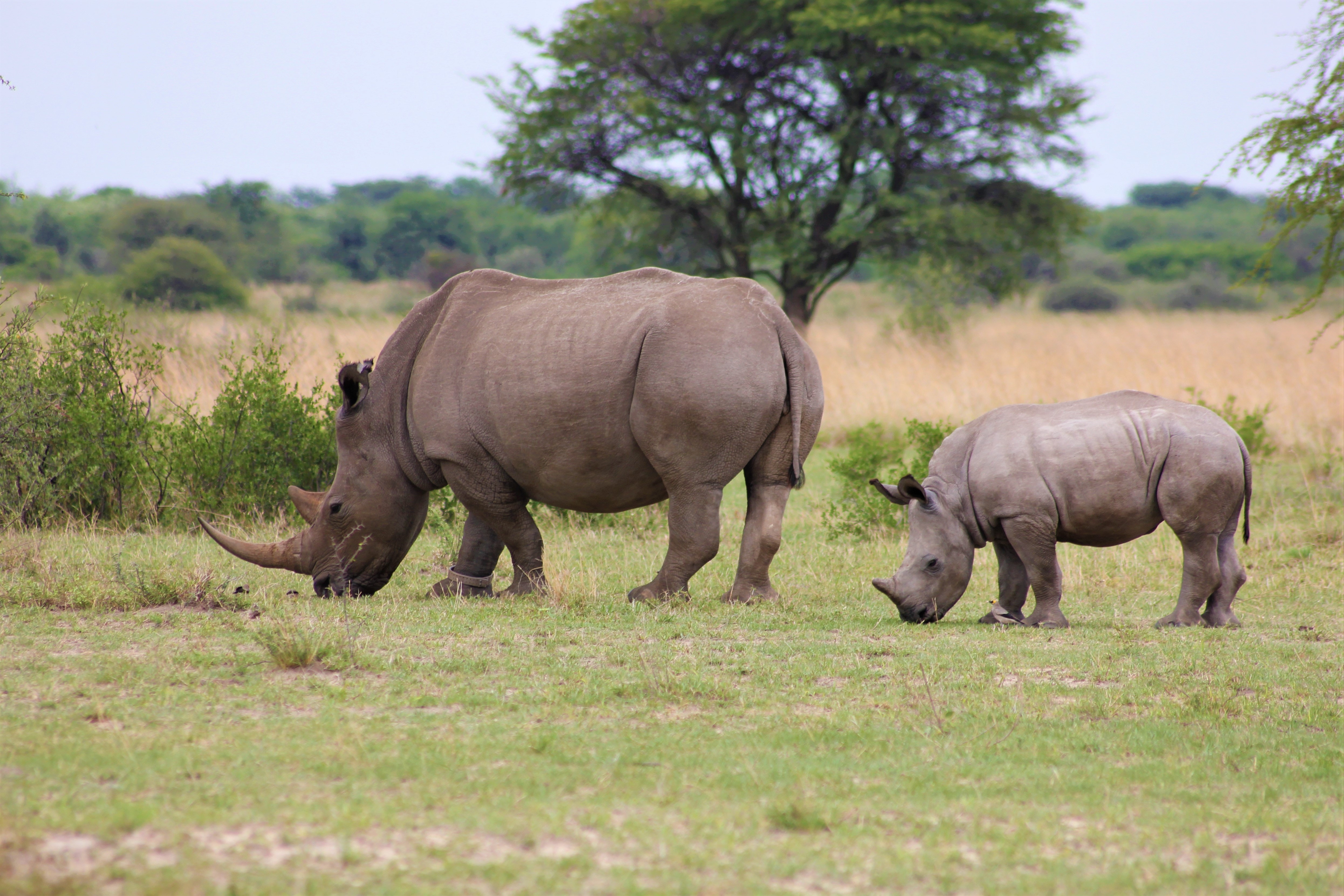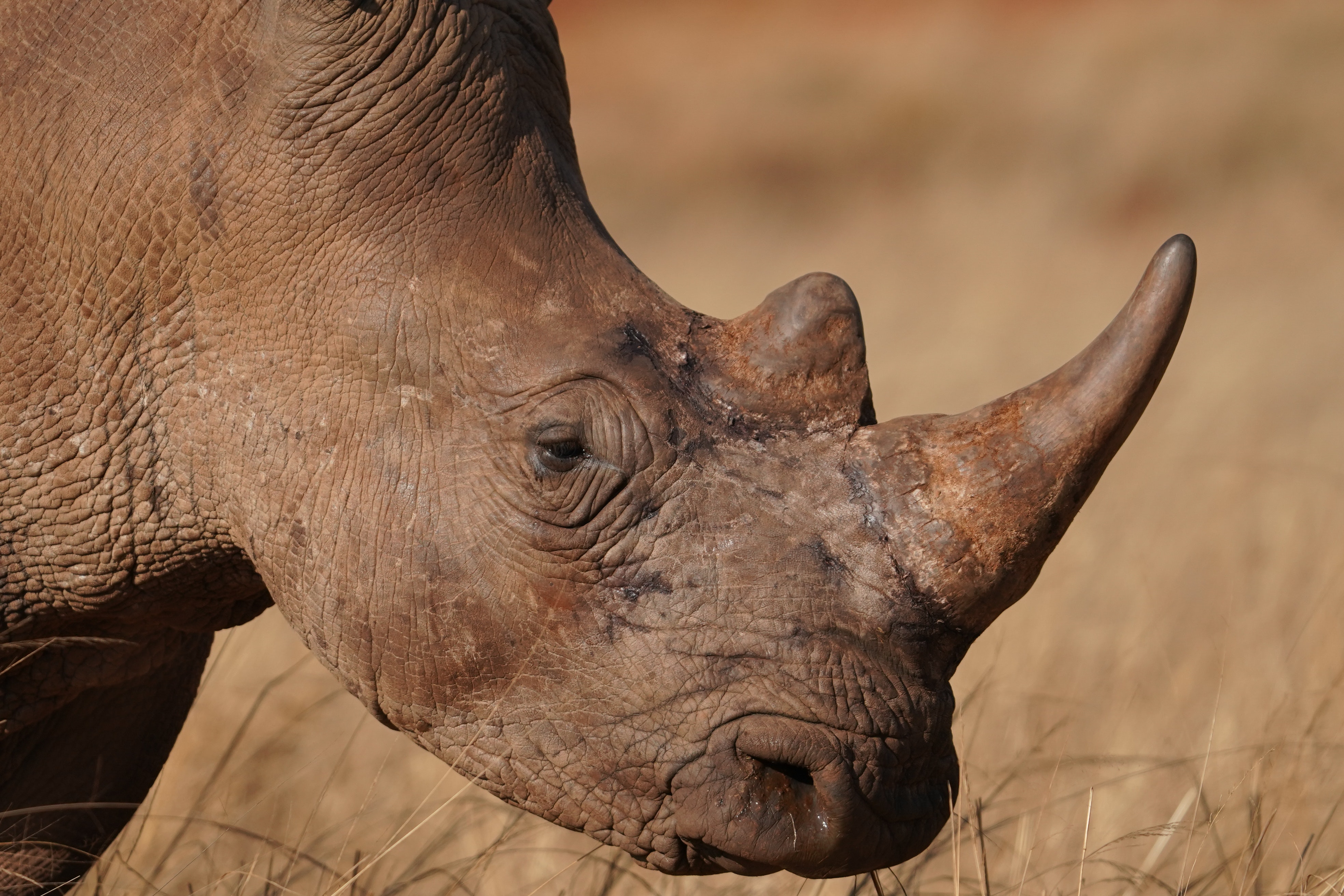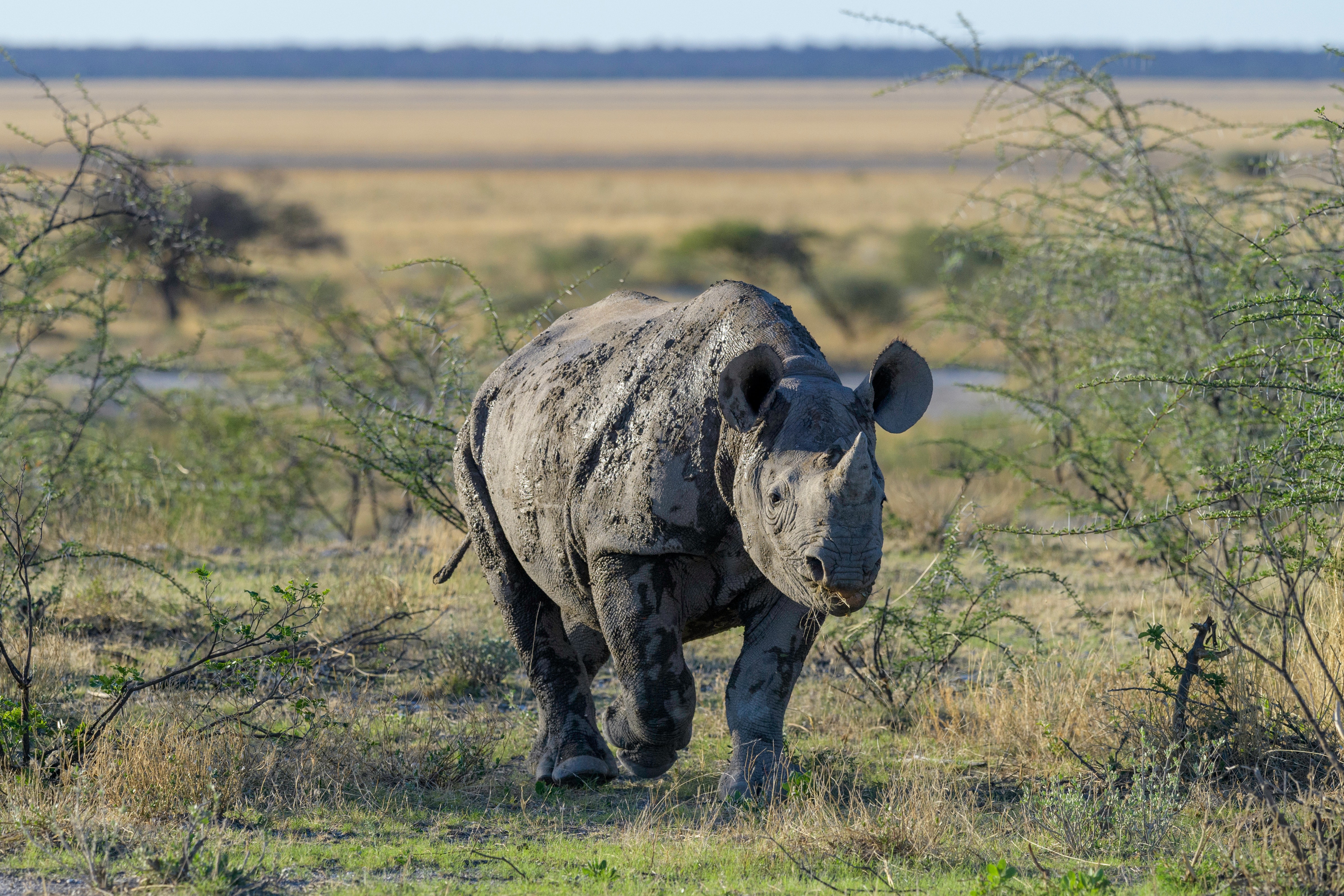
The Difficulties in Rhino Breeding
Rhinos have specific preferences of habitat where they would like to give birth. For example, black rhinos prefer shrubby, closed-up areas. One rhino is recommended to have at least an area of 2 km², some rhino species may require up to 44 km² for each rhino. When protecting the rhino you also protect the entire ecosystem and all species in it.
Translocation is often needed because if rhinos in one area reach the maximum carrying capacity, they become aggressive and fight with one another due to the lack of space – which results in the decline of populations. Translocation would ensure that rhinos continue to reproduce, and will also allow adjustment of male to female ratio. The best ratio is about ¾ female and the other ¼ being male.
All rhino species have a long gestation period, rhino moms are pregnant for 15-16 months before giving birth to a single calf (twins are rare). All rhino species make for very attentive mothers. Rhino moms will spend the next 2 years nursing and protecting their calves, by the time the calves turn 1.5-2 years old, rhino moms may be ready to give birth to their next calves.
As a keystone species, rhinos help shape the entire ecosystem by geo-forming – fundamentally reshaping the land around them, and create natural waterholes for all species. Protecting rhinos and continuing to restore lost populations are vitally important for all species living alongside them, as well as for the entire ecosystem and local communities.





